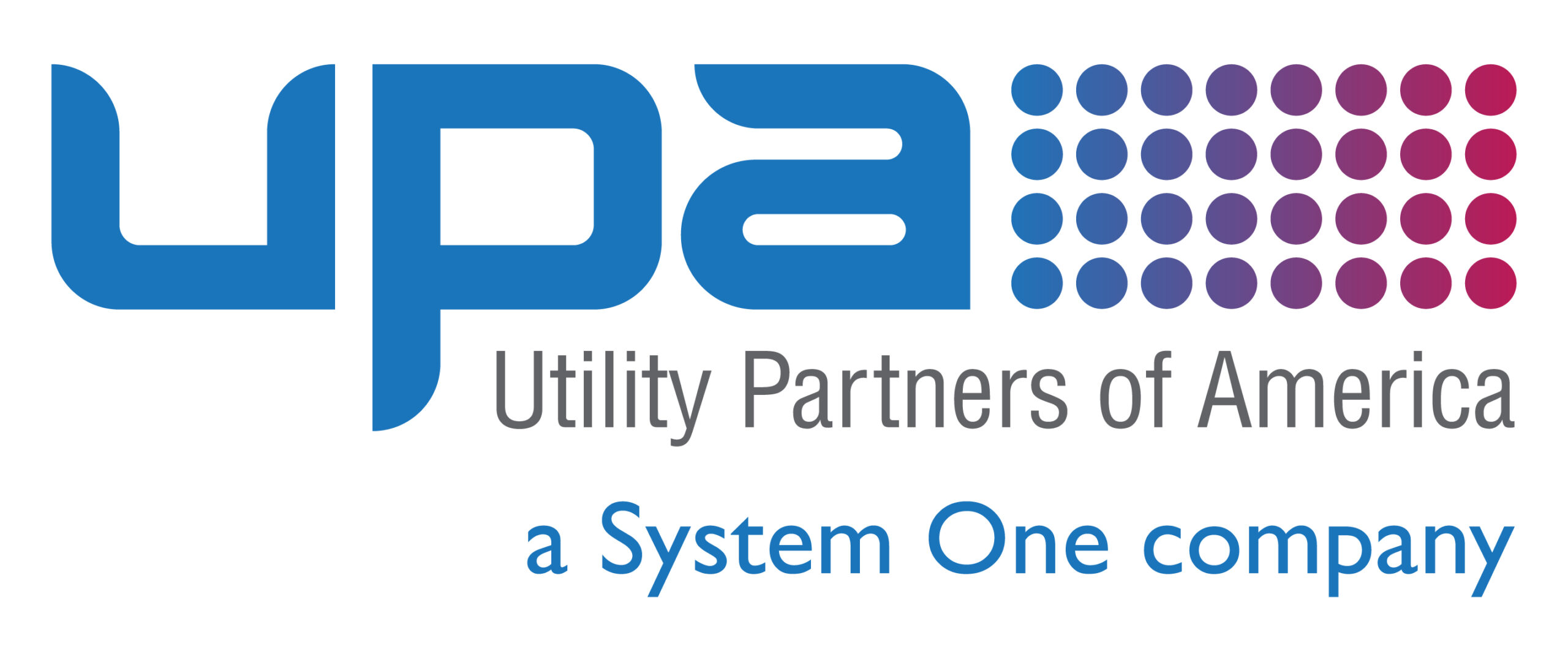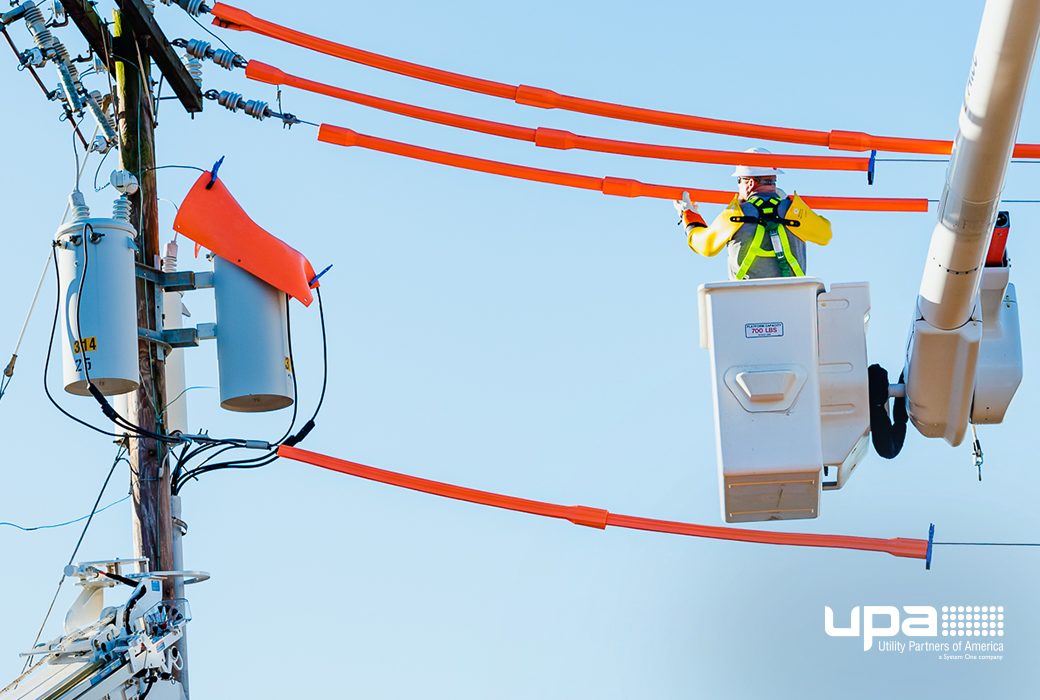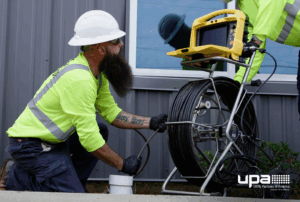Working on power lines, whether overhead or underground, is one of the most hazardous roles in the utility industry. Lineworkers are regularly exposed to high-voltage equipment, heights, confined spaces, and unpredictable conditions. The urgency to restore service, especially after major storms, only increases the risk.
At UPA, we’ve spent decades supporting utilities across the country. We’ve seen firsthand that safety is not just about compliance- it’s a core value. Whether rebuilding infrastructure after a hurricane or converting overhead lines to underground systems, our commitment to safety shapes every job we do.
Training Comes First
Lineman safety begins with training. Crews need continuous, hands-on instruction that reinforces safe practices in the field, builds hazard awareness, and encourages deliberate decision-making under pressure. Safety should be reinforced daily by leadership, crew members, and personal accountability.
Here are five critical training pillars that every lineman must master:
- OSHA Electrical Safety Standards
Clear guidelines to prevent shock, arc flash, and electrocution. These standards form the baseline for safe work around energized equipment. - Fall Protection Procedures
Proper use of harnesses, lifelines, anchor points, and guardrails when working from elevated platforms or bucket trucks. - Confined Space Entry
Specific protocols for working in enclosed environments, like vaults and manholes, where limited airflow, hazardous gases, and restricted exits increase danger. - Lockout/Tagout (LOTO) Processes
A system of isolating energy sources to ensure equipment remains de-energized during inspection or repair. - Proper Use of PPE
From flame-resistant (FR) workwear and safety glasses to insulated gloves and arc flash hoods, PPE must be matched to the hazards of the job.
Safety Under Pressure
Storm restoration is where training meets reality. During major weather events like hurricanes, ice storms, and floods, line crews are often the first on the ground. These high-stakes environments require discipline and preparation. We rely on the following response protocols:
- Hazard assessments before any work begins
- Mobile communication tools for crew coordination and updates
- Team-based work structures so no one works alone
- Designated emergency plans tailored to each job site
Emergency Plan Essentials
Every crew should be equipped with a site-specific emergency response plan. When something goes wrong, a clear plan and crew-wide readiness can make the difference between injury and safety.
- Alert EMS immediately if an incident occurs
- Know the location of the nearest medical facility or airlift contact
- Understand the chain of command for emergency response
- Review and communicate the emergency plan before starting work
Prevention is Protection
While emergency response often gets the spotlight, most safety gains happen during proactive maintenance. Activities like pole inspections, thermal imaging, and vegetation management help us identify risks before they escalate. A mindset built on caution, testing, and risk assumption keeps crews safe in the field.
One core principle: If it’s not grounded, treat it as energized.
- Visually confirm that grounding devices are installed and bonded to a known earth ground
- Test every conductor and metal enclosure, even when de-energized work is expected
- Always treat broken or downed neutrals as energized, regardless of appearance
Safety Is the Foundation
Lineman safety begins at the tailboard meeting and continues through every pole climb, trench excavation, and transformer repair. At UPA, we believe the safest teams are the most effective, and that protecting our people is the first step in maintaining and modernizing utility infrastructure.
Have a question about electric distribution? Click here to learn more and contact our team. We’re here to help.
Sources:
- Occupational Safety and Health Administration (OSHA). Electrical Safety. Retrieved from https://www.osha.gov
- U.S. Bureau of Labor Statistics. Fatal Occupational Injuries by Industry. Retrieved from https://www.bls.gov
- Electricity Today Magazine. Lineman Safety. Retrieved from https://www.electricity-today.com/category/lineman-safety
- Incident Prevention. Grounding for Stringing in Energized Environments. Retrieved from https://incident-prevention.com/blog/grounding-for-stringing-in-energized-environments




